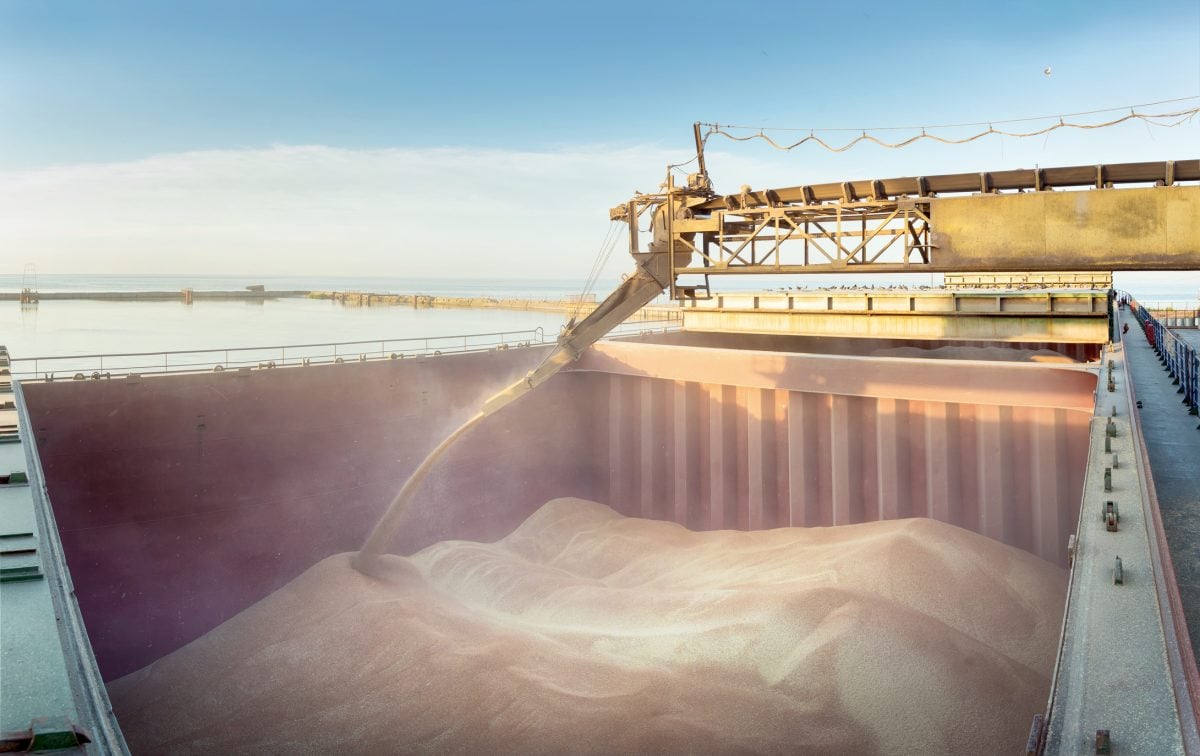Glacier FarmMedia — Projected bumper crops for United States corn and South American soybeans are causing futures prices to move lower, said an analyst, and there are no signs of stopping any time soon.
Jack Scoville of Price Futures Group in Chicago said in addition to the large size of the crops, a lack of severe weather and decent crop conditions are also pressuring prices.
The September corn contract on the Chicago Board of Trade hit a contract low of US$3.75 per bushel on Aug. 6. September Chicago soft wheat fell to a new contract low at US$5.04/bu. and September Kansas City hard red wheat also hit a new low the same at US$5.0325. A contract low of US$5.6850/bu. was also reported for September Minneapolis spring wheat on Aug. 6. Meanwhile, November soybeans dipped to US$9.8125 for its lowest price since April 9.
Read Also

Prairie Wheat Weekly: Prices up in most areas
Cash prices for spring wheat and durum across the Canadian Prairies were mostly higher during the week ended Nov. 4. As Minneapolis spring wheat stepped back, there was a modest increase in Kansas City hard red while Chicago soft red was up sharply.
“It looks like everybody’s aiming towards US$3.50 (per bushel) for (September) corn. For November beans, US$9.50/bu., probably closer to US$9 when it’s all said and done,” Scoville said. “The demand for corn has been excellent until now, but it’s expected to tail off because of a big crop in Brazil. The demand for soybeans has been better, but it hasn’t been too bad.”
He added there is a consensus in the trade that this year’s crops will be especially large.
“Corn yields are expected to be 186 (bushels per acre) or so. Bean yields (in the U.S.) are at 55. We can do that pretty easily. I think people in general are looking for big crops, even farmers,” Scoville said.
The U.S. Department of Agriculture estimated last month that the 2025-26 corn crop would have an output of 15.705 billion bushels with a yield of 181 bu./ac. The U.S. soybean crop would be at 4.335 billion bushels with a yield of 52.5 bu./ac. Corn and soybean production for Brazil in 2025-26 were pegged at 131 million and 175 million tonnes, respectively.
As farmers examine their fields prior to harvest in August and September, Scoville said there should be a better idea on corn and soybean yields in the coming weeks. He added there is a small chance corn and soybeans’ price slumps could come to an end.
“There’s been talk of pollination issues with the corn,” he said. “But if demand stays strong, we could have a chance to recover prices.”
















